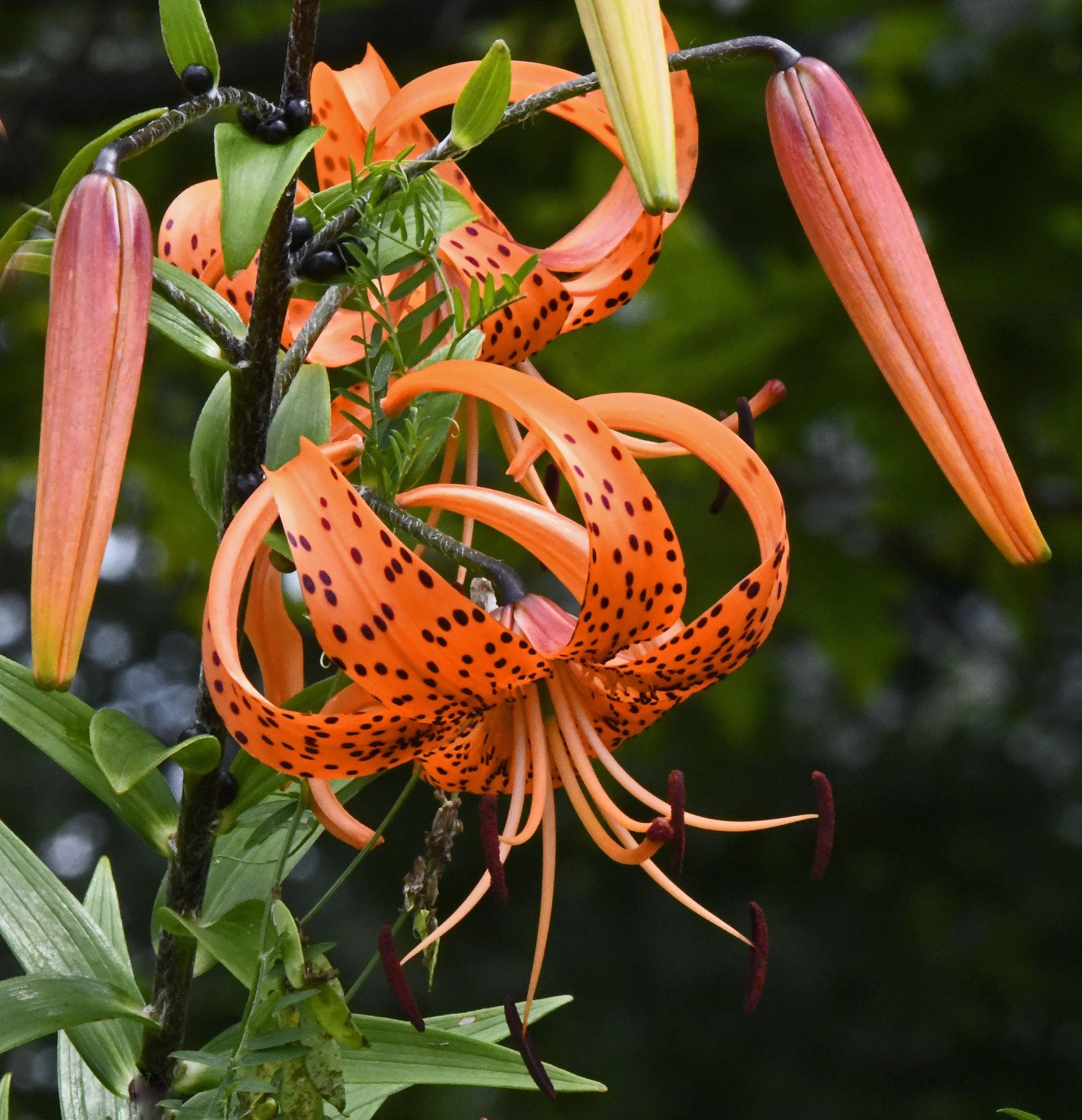Here you see long-distance views of the schooner Stephen Taber departing Great Cove in light rain on Thursday after overnighting here. She was on a six-night cruise to explore “Penobscot Bay’s Hidden Gems,” according to her schedule.
The 110-foot Taber was built in 1871 and is a National Historic Landmark that now hails from Rockland, Maine. Curiously, she was named after a once-famed, but now forgotten,19th Century New York politician.
As with many coastal cargo cruisers in the 1800s, the Taber was built with a flat bottom to “ground out” and discharge her cargo without the need for a pier. She does have a centerboard to lower as a keel during cruising, but has no motor; her motorized yawl boat Babe pushes her in light air.
(Images taken in Brooklin, Maine, on August 17, 2023.)

































































































